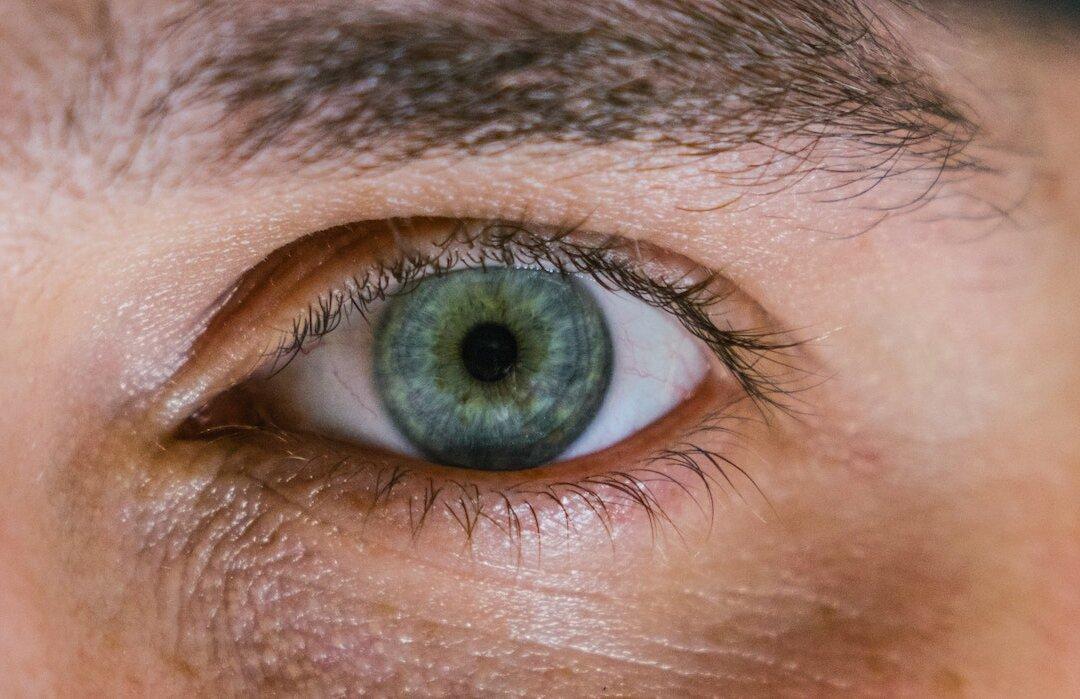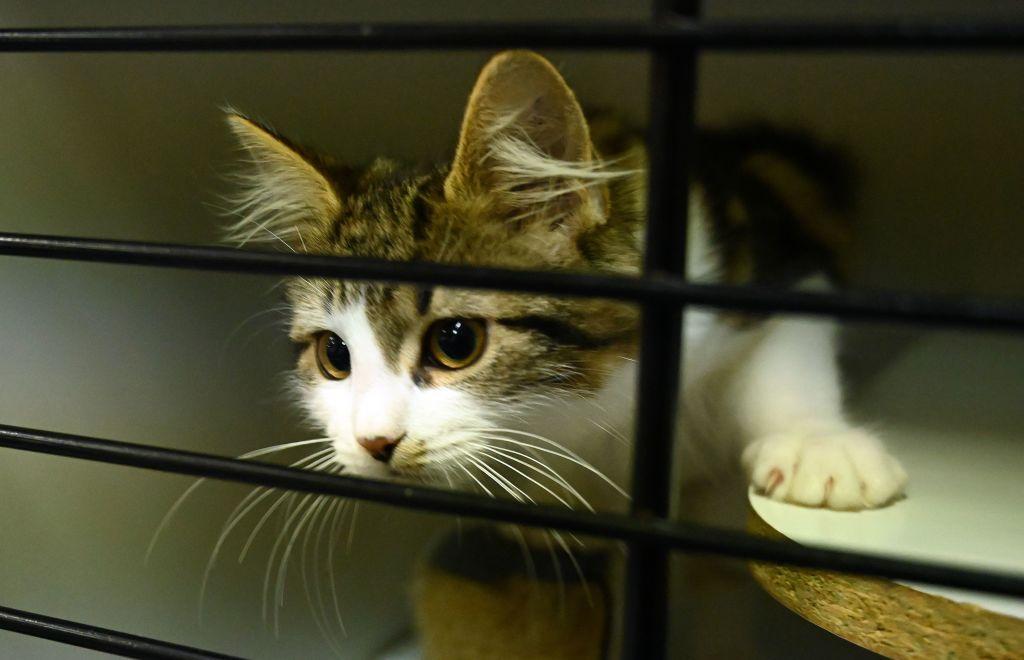Australian researchers have made a breakthrough in a rare mental condition, aphantasia, that makes people unable to visualise images.
Previously thought to be difficult to diagnose, researchers from the University of New South Wales (UNSW) have discovered a method for proving and diagnosing the rare mental condition via a person’s eyes’ responsiveness to light.




